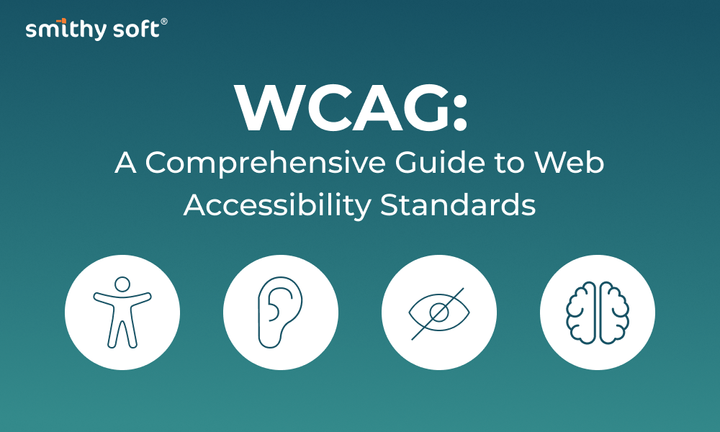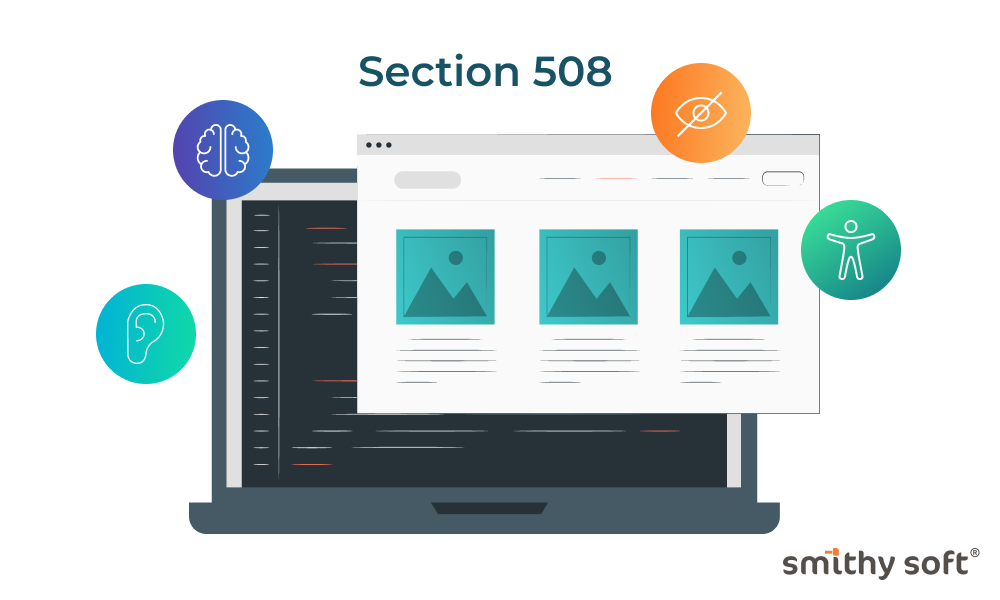Understanding the Lean Startup Methodology

There is one significant drawback to the traditional way of starting a business: it takes too much time. It can take months or even more than a year from drawing up a business plan and conducting market research to obtaining financing and launching the business. The traditional method is more reliable and thorough, provided that the business plan is implemented without significant changes and there is a stable market environment. But this is the biggest risk today, as there is very little stability in the modern world.
Therefore, the traditional approach may not be viable for every company, especially for small and new startups. For them, an effective Lean Startup approach comes first, the essence of which is to do more, faster, and at a lower cost.
The origin of the methodology
This methodology was first introduced by Eric Ries, an entrepreneur, in 2008 in his book "How Today's Entrepreneurs Use Continuous Innovation to Create Radically Successful Business". His other book, “The Lean Startup,” received a New York Times review that said, “Concepts apply both to designing products and to developing a market.”
Eric Ries came up with the idea of Lean Startup based on the experience he gained after two previous business failures, as well as studying the rational process of vehicle manufacturing in Japan in the years immediately after World War II.
The Lean Startup methodology was created to minimize the inherent risks associated with creating a startup. As stated in his book, these risks can be minimized by creating minimum viable products (MVPs), continuous learning throughout the development process, and constant experimenting.
What is a Lean Startup?
In short, Lean Startup is all about experimenting, testing, and iterating. The results of this testing and feedback drive product development.
By launching a product at the same time as getting customer feedback, this method focuses on establishing whether the business is viable. The company seeks to determine that there is demand for the product so that there is a market for it when it is introduced. This is typically achieved through an MVP. This reduces business risk and provides a mature product or solution with a ready customer base.
Lean Startup favors experiment over careful planning, customer feedback over intuition, and iterative design over traditional "big up-front design."
The five key principles of Lean Startup are as follows
- Entrepreneurs are everywhere
If you have a startup, you are an entrepreneur who can apply the lean startup methodology. It doesn't matter if you work in your bedroom, garage, or a dedicated office. And it doesn't matter how big your startup is. The key is to think big, start small, and grow fast.
- Entrepreneurship is a management
Lean Entrepreneurship is hardly a standardized process. Instead, it responds to circumstances, feedback, changing priorities... and therefore requires management. However, Lean Startups are of a unique type: agile management focused on learning ensures a successful economic startup.
- Validated learning
The scientific approach to testing assumptions is called validated learning. Ries calls it "the unit of progress for an economic startup" in his book. It is an agile process of systematically testing business assumptions, learning from the results, and using the data to improve decision-making. The lean startup methodology is all about experimenting and paying attention to what the results of your experiments tell you.
- Innovation accounting
To find out what works best, lean startups keep detailed records of testing and analysis. They measure progress by how much they learn about innovation, not by how much new work they produce.
- Build-Measure-Learn
The "Build-Measure-Learn" cycle allows you to test your learning with a known minimum viable product (MVP) on which you conduct experiments. This is a key principle of the economic startup methodology. You create the smallest possible product to test a specific idea and test it with potential customers. You measure and analyze the feedback and data from this test. You apply the findings and knowledge to the next version of the product. And so on.
Benefits of implementing the Lean Startup methodology
- Increased efficiency and speed to market: The Lean Startup method allows companies to test their ideas and launch new products or services faster because it emphasizes rapid iteration and experimentation.
- Feedback from customers: The Lean Startup method is essentially based on the importance of customer feedback and reviews.
- Lower costs: By testing hypotheses early and avoiding costly mistakes, companies can reduce their overall costs and save significant amounts of money in the long run.
- Improved product quality: The Lean Startup method prioritizes the creation of minimum viable products (MVPs), which are shortened versions of the final product. Thus, it helps companies focus on the most important features and create a better overall product, improving it based on relevant customer feedback.
- Increased innovation: By introducing a culture of experimentation, companies can encourage their employees to take risks, be creative, and come up with innovative solutions to problems they may face.
- Time savings: Short development cycles mean faster product adaptation to the market.
Common misunderstandings about the Lean Startup Methodology
- Lean Startup is only for early-stage startups
No, in fact, the Lean Startup methodology can benefit companies of any size and at any level. It's a mindset and approach that can be applied to long-established companies that want to keep up with competitors and adapt to changing market dynamics.
- Lean Startup means a small budget
This concept is aimed at saving you money. But this does not mean that you need little money to implement it. A lean startup depends more on how quickly your product or service will be launched and enter the market than on how cheap it will be. In general, if you just want to save money, this approach is unlikely to work for you. Because Lean Startup has other goals.
- Lean Startup is essentially MVP development
The concept of Lean Startup is very closely intertwined with MVP development. However, it is much broader, it does not solve the problem of creating a minimum viable product, it tests it, improves it, launches it on the market, and then improves it again until it becomes successful. Lean Startup solves the problem of quickly developing a successful product without huge financial risks.
- Venture capital is unnecessary in a lean world
You still need capital to scale. A lean manufacturing process can significantly reduce wasted capital in the early startup phase, but capital will still be needed. Ultimately, the lean process is a win-win for both startup founders and venture capitalists, as it reduces investment risks and shortens the path to results.
- Well-known companies have nothing to gain from the lean approach
If anyone still thinks this, they have a misconception about lean startup methods. Any project or innovation can benefit from the Lean Startup Methodology. GE's FastWorks program shows that a giant can also simplify and optimize its operations to increase speed and encourage innovation. Using the lean startup methodology, they have launched more than 100 projects worldwide, including revolutionary healthcare solutions and new gas turbines.
Examples of Lean Startup
Dropbox is often mentioned as a prime example of a company that has successfully adopted the Lean Startup methodology. Initially, the company started as a basic file-sharing service, but thanks to constant customer engagement and data analysis, it has evolved into a reliable collaboration tool.
Another well-known example is Airbnb: starting as a platform for connecting travelers with people who have extra space in their homes, the company has grown into a global travel platform by actively seeking customer feedback and making data-driven decisions.
We mentioned an interesting example of General Electric, which once worked closely with Lean Startup author Eric Ries to develop the FastWorks program based on his methodology.
In this program, customers are involved in product development from the very beginning: teams create prototypes to share with customers and get feedback. The team then adapts and customizes the product to meet the client's needs. It is reported that the French door refrigerator developed under the program went through 18 iterations, each based on customer feedback.
Tens of thousands of General Electric employees have been trained in the lean startup methodology as part of FastWorks, which now informs the development of everything from light bulbs to gas turbines. And it's paying off. According to Bloomberg, one of the gas turbines developed under this program was made 2 years faster and 40% cheaper than it would have been if General Electric had used the traditional approach to product development.
How GE Implemented FastWorks (by Nobl):
- Invite an expert to introduce ideas. Eric Ries was brought in to explain his Lean Startup principle to the stakeholders and to work with the teams at the GE Leadership Institute to tailor the principle to fit GE's products and needs.
- Brand it for a sense of ownership. GE gave the business units a framework, but also the freedom to determine some of the specifics, and rebranded lean as the FastWorks program. This ownership has contributed to a higher level of commitment from the company.
- Provide training for senior managers. GE leaders recognized that the company's history with Six Sigma meant that the transition to FastWorks would require a change in culture as well as methodology. To that end, FastWorks leaders went on a road show to share the new program. Ultimately, they trained 5,000 senior leaders in the Lean Startup methodology and culture.
- Reorganize into cross-functional teams. The team listened to customer feedback together, bounced ideas off retail salespeople, and tested products with designers instead of the traditional approach of salespeople providing design requirements and then leaving. In addition, the product team engages suppliers early on to increase responsiveness.
- Empowerment of leadership and team autonomy. Typically, to make a change to a product, a team would have to go through an approval process. But to make FastWorks work, teams are given the autonomy to make these decisions themselves.
- Test and deploy to the broader enterprise. In January 2013, GE launched its first FastWorks program. The result was a refrigerator that was developed at half the cost and time typically required to develop a new product. Based on its success, FastWorks was approved for rollout to other business units.
- Train the coaches. GE created a FastWorks trainer community and trained coaches to build internal expertise and support FastWorks growth organization-wide.
THE BOTTOM LINE
The Lean Startup Methodology solves the question of how to quickly develop a successful product without huge financial risks. Lean startups start by finding an effective business model. They test, revise, and reject hypotheses, constantly collecting customer feedback and quickly iterating and redesigning their products. This strategy greatly reduces the likelihood that startups will spend a lot of time and money launching products that no one will actually pay for.
If you need development or support for your startup, we are ready to help. Please don't hesitate to contact us!
FAQ
What is Lean Startup Methodology?
It is a methodology for creating and developing a successful business. It's based on the idea of learning, testing, and scaling your business with the help of customer feedback and data. The Lean Startup process focuses on rapid iteration and embracing uncertainty and failure as a means of learning.
What is the difference between the Lean Startup approach and more traditional business strategies?
Traditional business plans cover all aspects of the business, including market research, marketing strategies, and financial projections, and are more comprehensive and in-depth. Lean Startup plans focus a lot on a minimum viable product, rapid prototyping, and iterative development.
In the Lean Startup methodology, how important is customer feedback?
A crucial part of the lean startup methodology is understanding customer needs. To successfully build a product or service, it's important to understand what the customer wants and needs.


